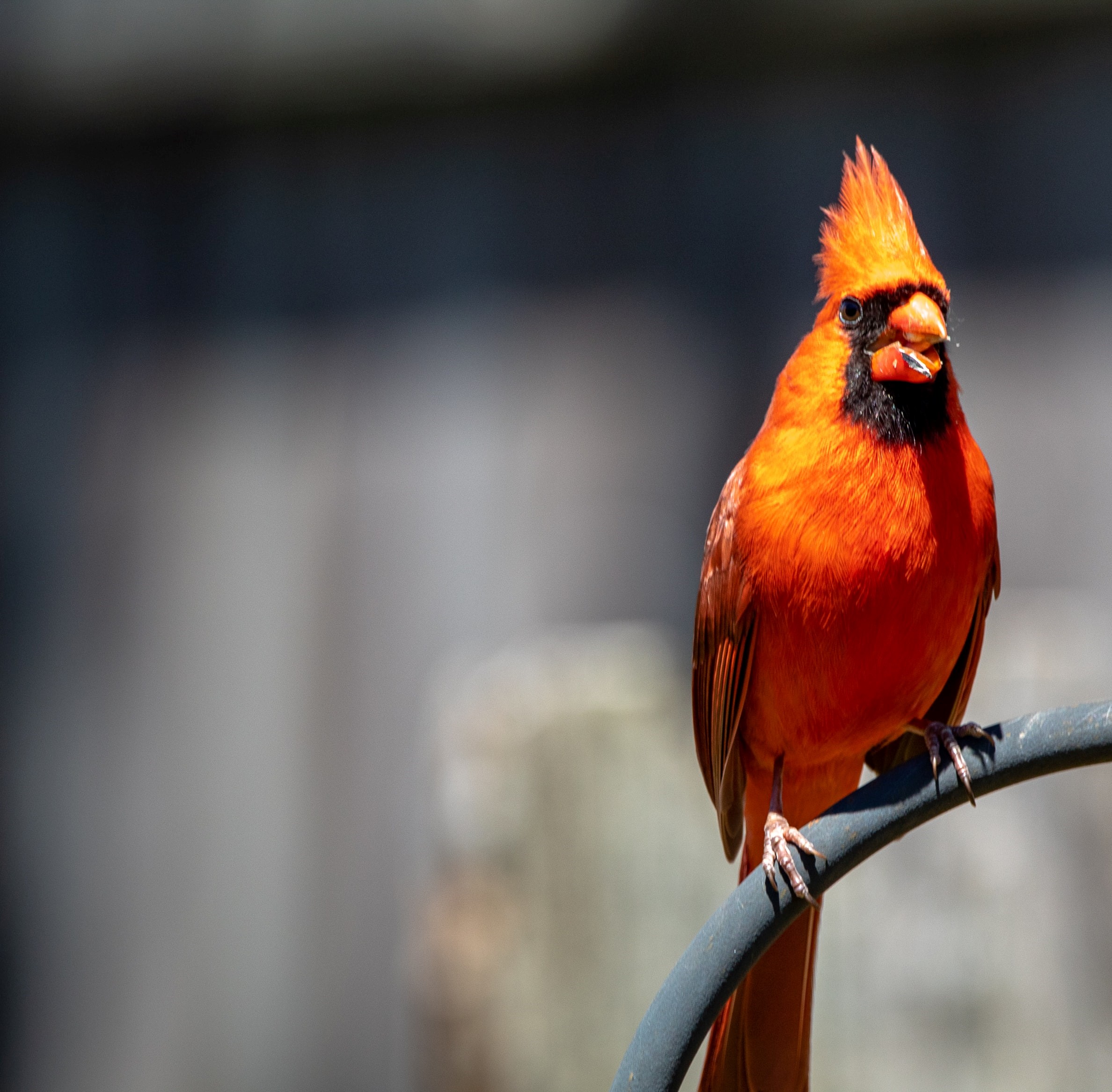Your greatest tools for birding might be your ears
The essential tools for birding are a field guide, a set of binoculars and a good supply of curiousity about our many feathered neighbours. Since many birds take great pains not to be seen, and some can look quite similar to others, your ability to identify their calls can go a long way to helping you know what you’re looking at. Here are a few tips to begin
Practice Listening
One of the best things about birding, most folks will agree, is the practice of simply sitting quietly and observing what’s around you, whether you’re in your backyard or in the middle of the woods. This act of intentional listening is not only meditative, it’s also the first step to identifying birds by sound. Don’t worry too much at first about getting it right. The longer you sit and listen, the more familiar the various chirps, squawks and caws will become.

Start With Your Neighbours
Wherever you live, you’ll have a regular cast of birds living nearby. Start by familiarizing yourself with their calls. The longer you look at a bird, the more likely you are to hear its call, and the more times this happens, the more the sounds will stick in your memory. Pretty soon you’ll be able to tell the reedy whistle of a White-throated Sparrow from the chew toy squeak of a Downy Woodpecker, and you’ll be well on your way.

Use Mnemonics
One of the main ways birders describe bird calls is by writing them out as if they were words. This technique can be extremely helpful in telling one species from another, but it does take practice, and some are definitely easier to remember than others. Among the most memorable are the American Robin (cheer up, cheerily, cheer up, cheerily), the Black-Capped Chickadee (chick-a-dee-dee-dee) and the Barred Owl (who-cooks-for-you; who-cooks-for-you-all).

Use an App
While most birders will still carry a paper field guide in their day pack, there are some good options for smartphone field guide apps, too. One major advantage to these is that many include bird calls, which are a fantastic way to familiarize yourself with different vocalizations (and drive your cat crazy). There are even some apps that can “listen” to a bird call in the real world and identify it using an algorithm. But where’s the fun in that?
Happy birding!
Urban Nature Store

Leave a Reply